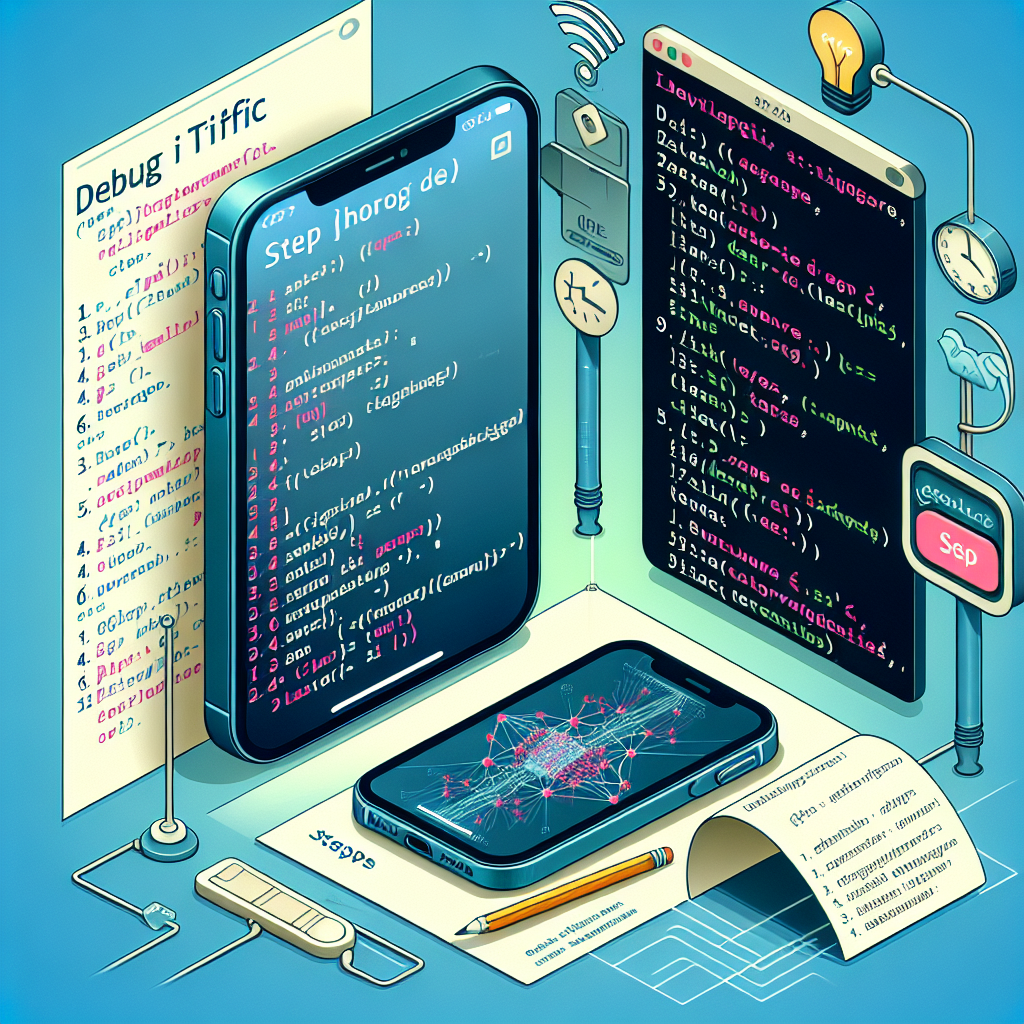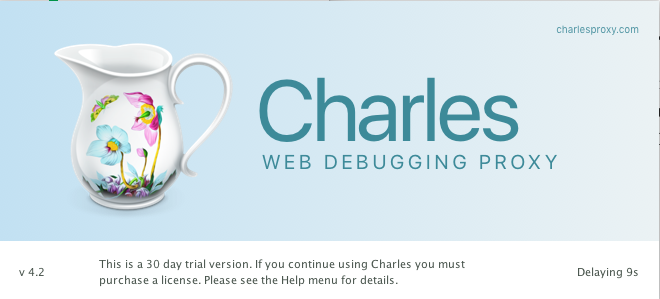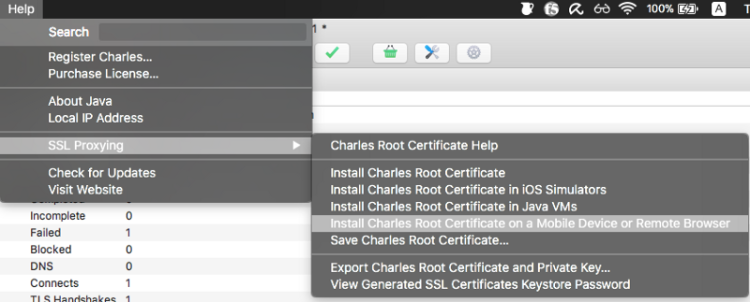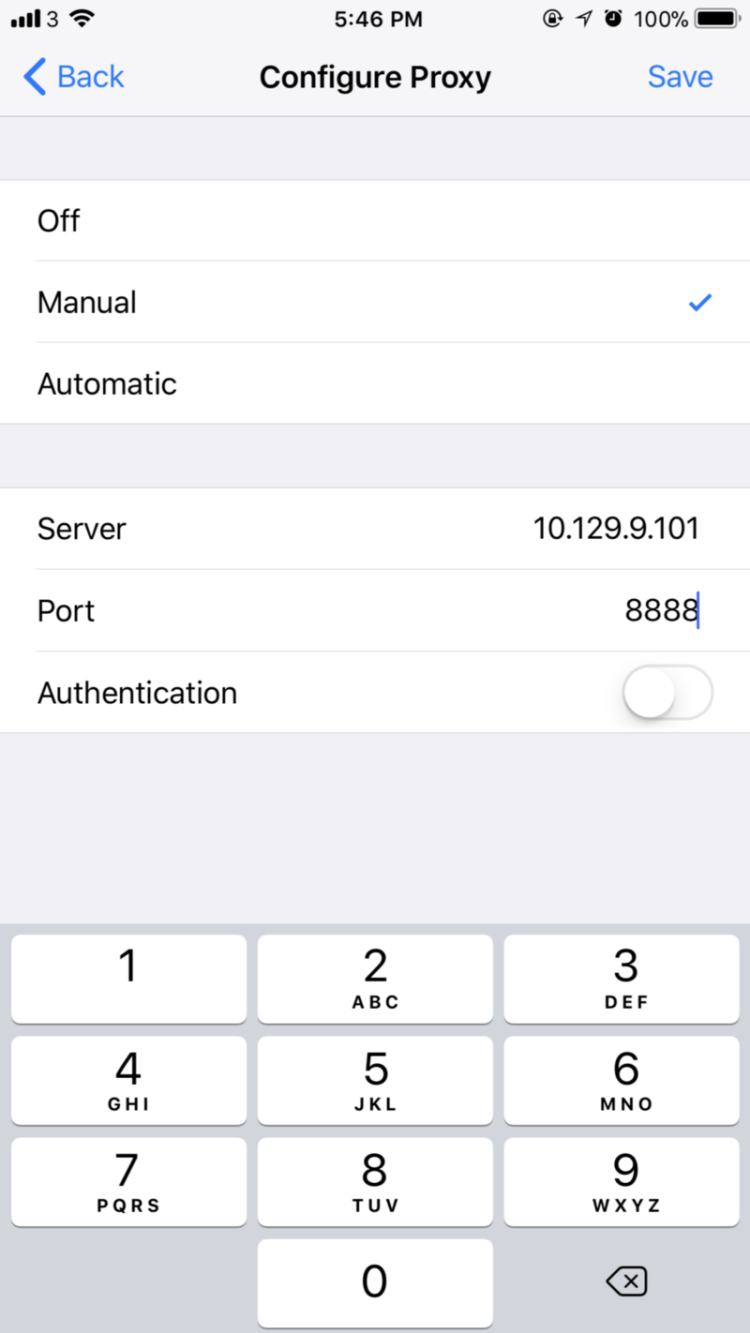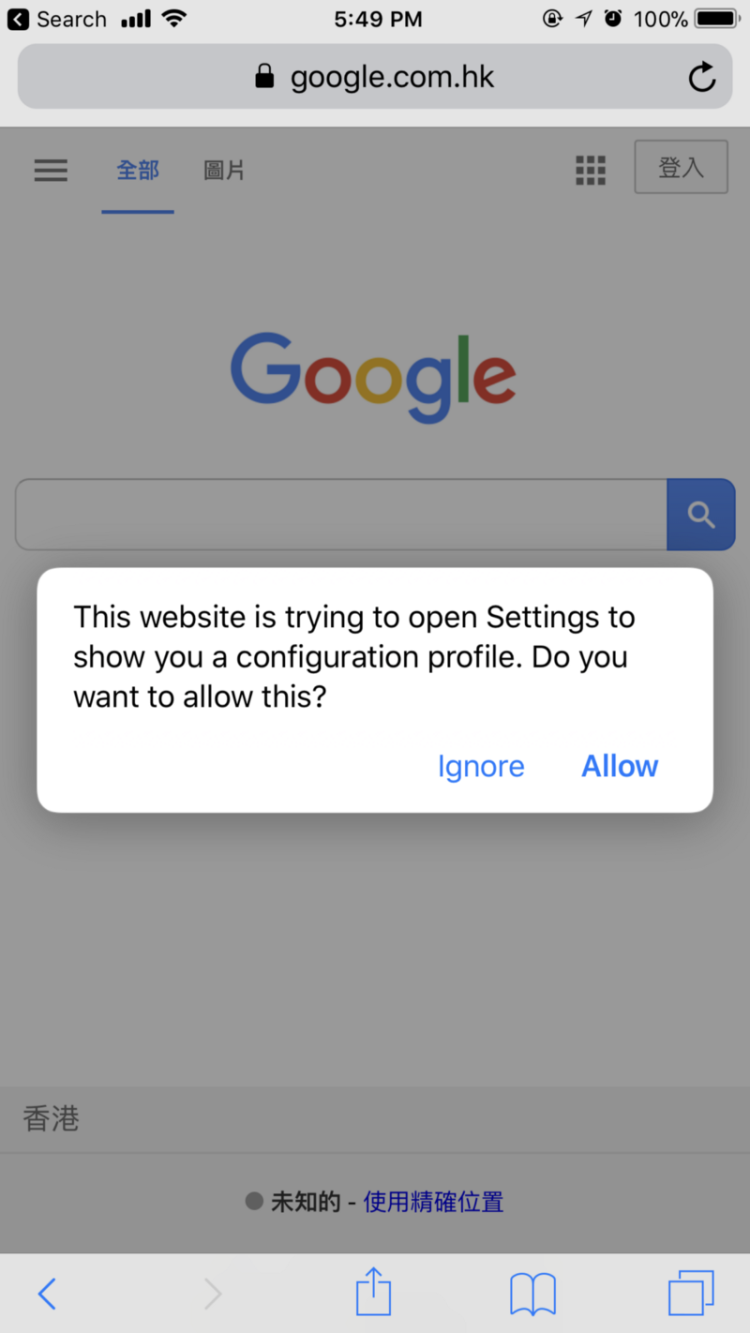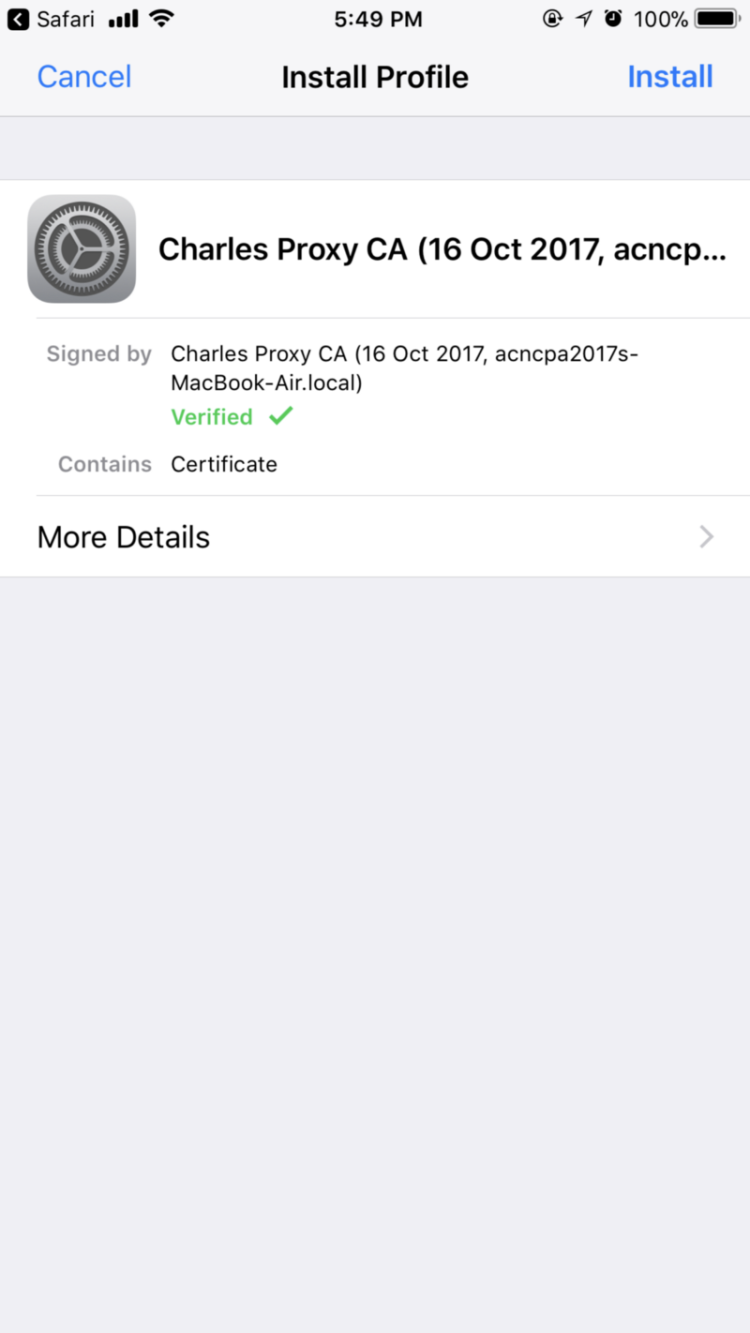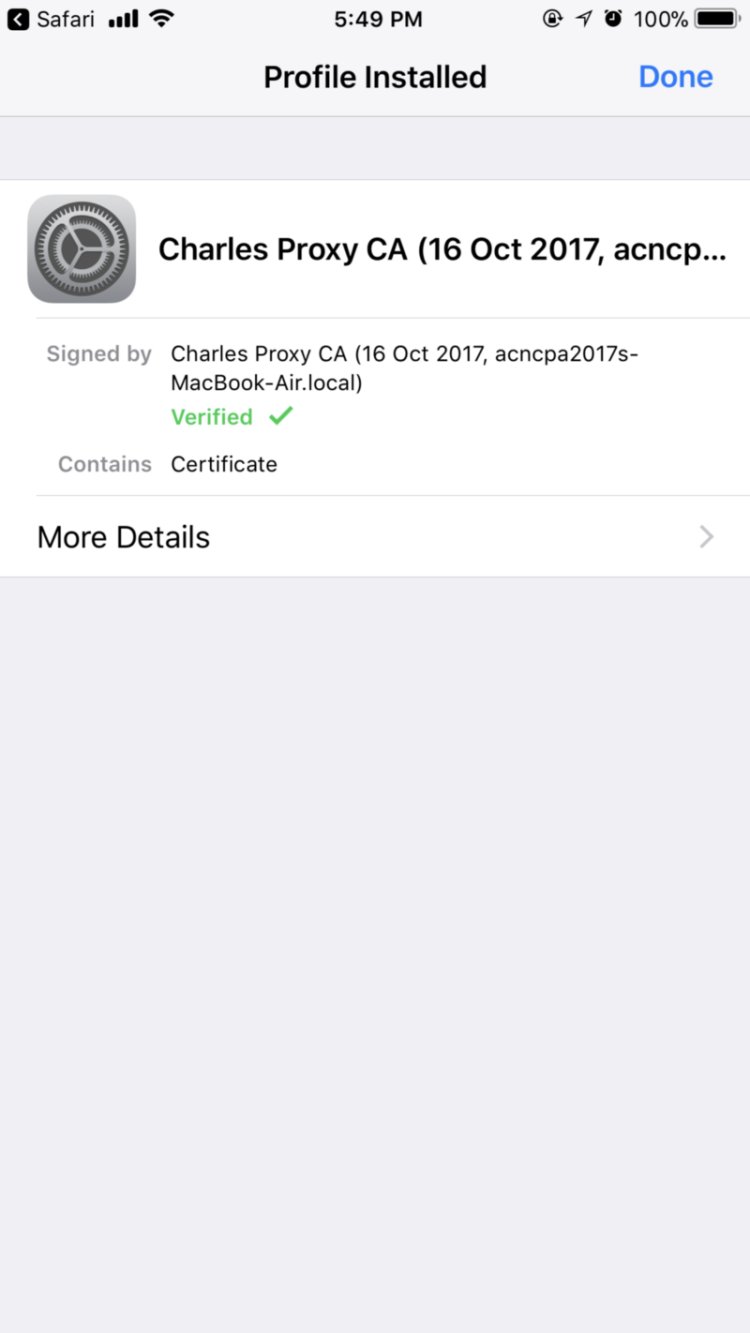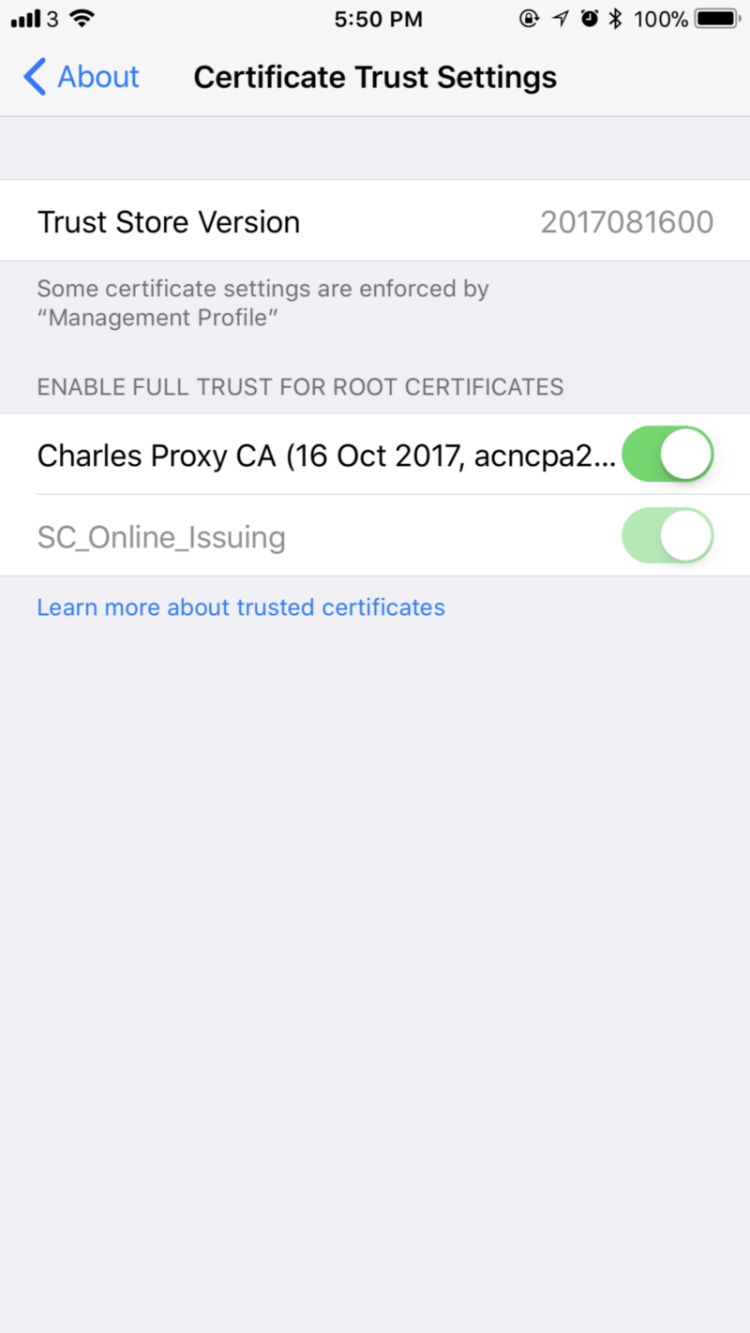使用自訂挑戰的AWS Cognito用戶池與iOS的Mobile SDK
我最近將一個AWS Cognito用戶池整合到一個iOS應用程式中。登入功能使用自訂挑戰進行認證。然而,關於如何使用iOS SDK達到此目的的文件資料很有限。在多次嘗試和失敗後,我終於成功登入。以下是達成此目的的步驟:

步驟1:建立一個CognitoUserPool
在AppDelegate中,完成didFinishLaunchingWithOptions後,用戶池如下所示初始化:
func application(_ application: UIApplication, didFinishLaunchingWithOptions launchOptions: [UIApplication.LaunchOptionsKey: Any]?) -> Bool {
// Set up service configuration
let serviceConfiguration = AWSServiceConfiguration(region: CognitoIdentityUserPoolRegion, credentialsProvider: nil)
// Create pool configuration
let poolConfiguration = AWSCognitoIdentityUserPoolConfiguration(clientId: CognitoIdentityUserPoolAppClientId, clientSecret: nil, poolId: CognitoIdentityUserPoolId)
// Initialize user pool client
AWSCognitoIdentityUserPool.register(with: serviceConfiguration, userPoolConfiguration: poolConfiguration, forKey: AWSCognitoUserPoolsSignInProviderKey)
// Fetch the user pool client we initialized in the above step
let pool = AWSCognitoIdentityUserPool(forKey: AWSCognitoUserPoolsSignInProviderKey)
self.storyboard = UIStoryboard(name: "Main", bundle: nil)
pool.delegate = self
return true
}
步驟2:執行協定代表
extension AppDelegate: AWSCognitoIdentityCustomAuthentication {
func didCompleteStepWithError(_ error: Error?) {
}
func getCustomChallengeDetails(_ authenticationInput: AWSCognitoIdentityCustomAuthenticationInput, customAuthCompletionSource: AWSTaskCompletionSource<AWSCognitoIdentityCustomChallengeDetails>) {
}
func startCustomAuthentication() -> AWSCognitoIdentityCustomAuthentication {
if self.navigationController == nil {
self.navigationController = self.storyboard?.instantiateViewController(withIdentifier: "signinController") as? UINavigationController
}
if self.signInViewController == nil {
self.signInViewController = self.navigationController?.viewControllers[0] as? SignInViewController
}
DispatchQueue.main.async {
self.navigationController!.popToRootViewController(animated: true)
if !self.navigationController!.isViewLoaded || self.navigationController!.view.window == nil {
self.window?.rootViewController?.present(self.navigationController!, animated: true, completion: nil)
}
}
return self.signInViewController!
}
}
步驟3:在登入視圖控制器中處理自訂挑戰
extension SignInViewController: AWSCognitoIdentityCustomAuthentication {
func getCustomChallengeDetails(_ authenticationInput: AWSCognitoIdentityCustomAuthenticationInput, customAuthCompletionSource: AWSTaskCompletionSource<AWSCognitoIdentityCustomChallengeDetails>) {
let authDetails = AWSCognitoIdentityCustomChallengeDetails(challengeResponses: ["USERNAME": "YourUserName", "ANSWER": "123456"])
customAuthCompletionSource.set(result: authDetails)
}
public func didCompleteStepWithError(_ error: Error?) {
DispatchQueue.main.async {
if let error = error as? NSError {
print("error")
} else {
print("success")
self.dismiss(animated: true, completion: nil)
}
}
}
}
步驟4:成功登入後存取用戶屬性
self.user?.getDetails().continueOnSuccessWith { (task) -> AnyObject? in
DispatchQueue.main.async(execute: {
self.response = task.result
// Display user details
print(response)
})
return nil
}
如果你有任何問題,請隨時提問。我希望AWS能更新文檔,並提供範例代碼,以便在不需要透過試驗和錯誤的情況下理解SDK。

